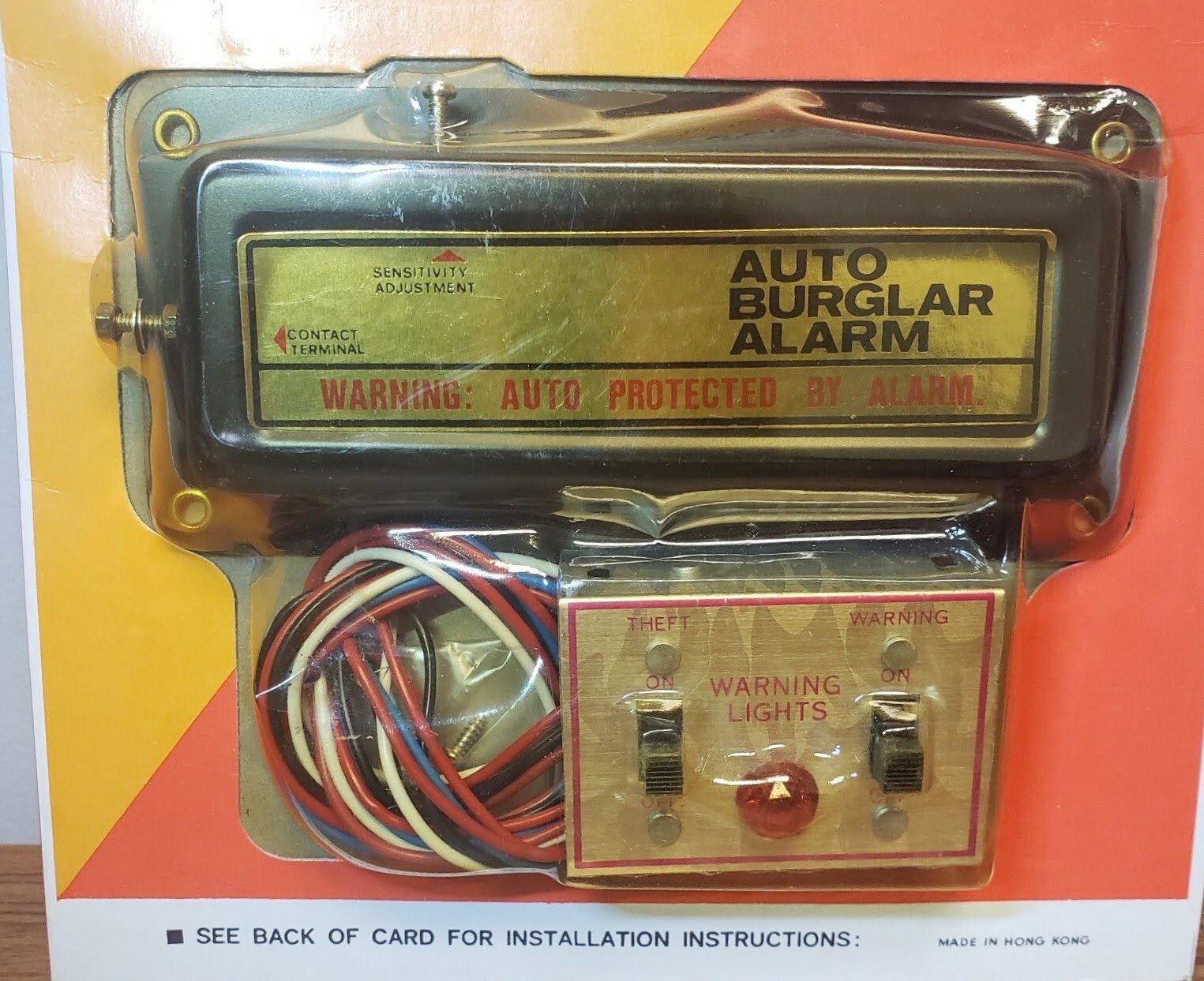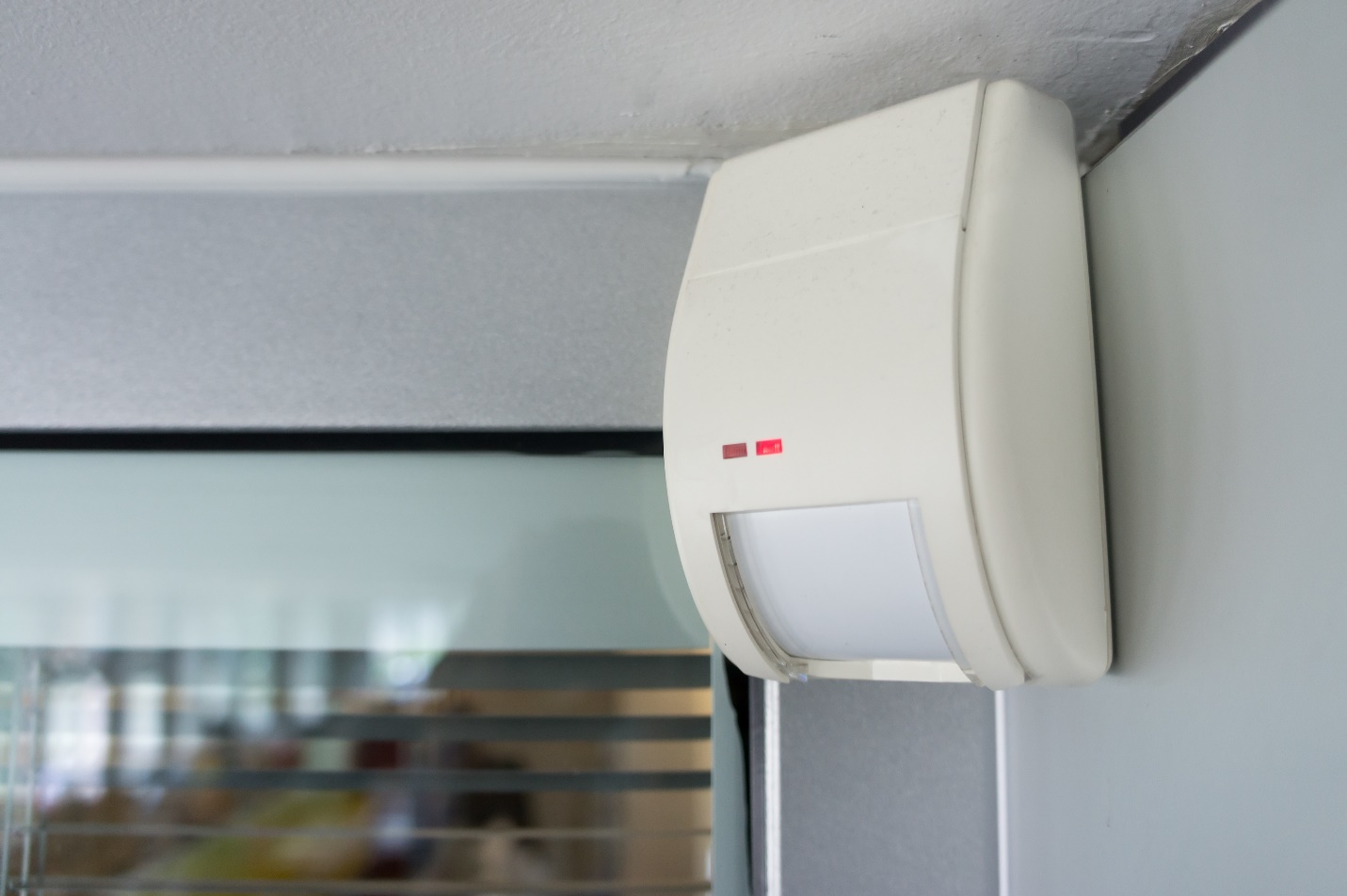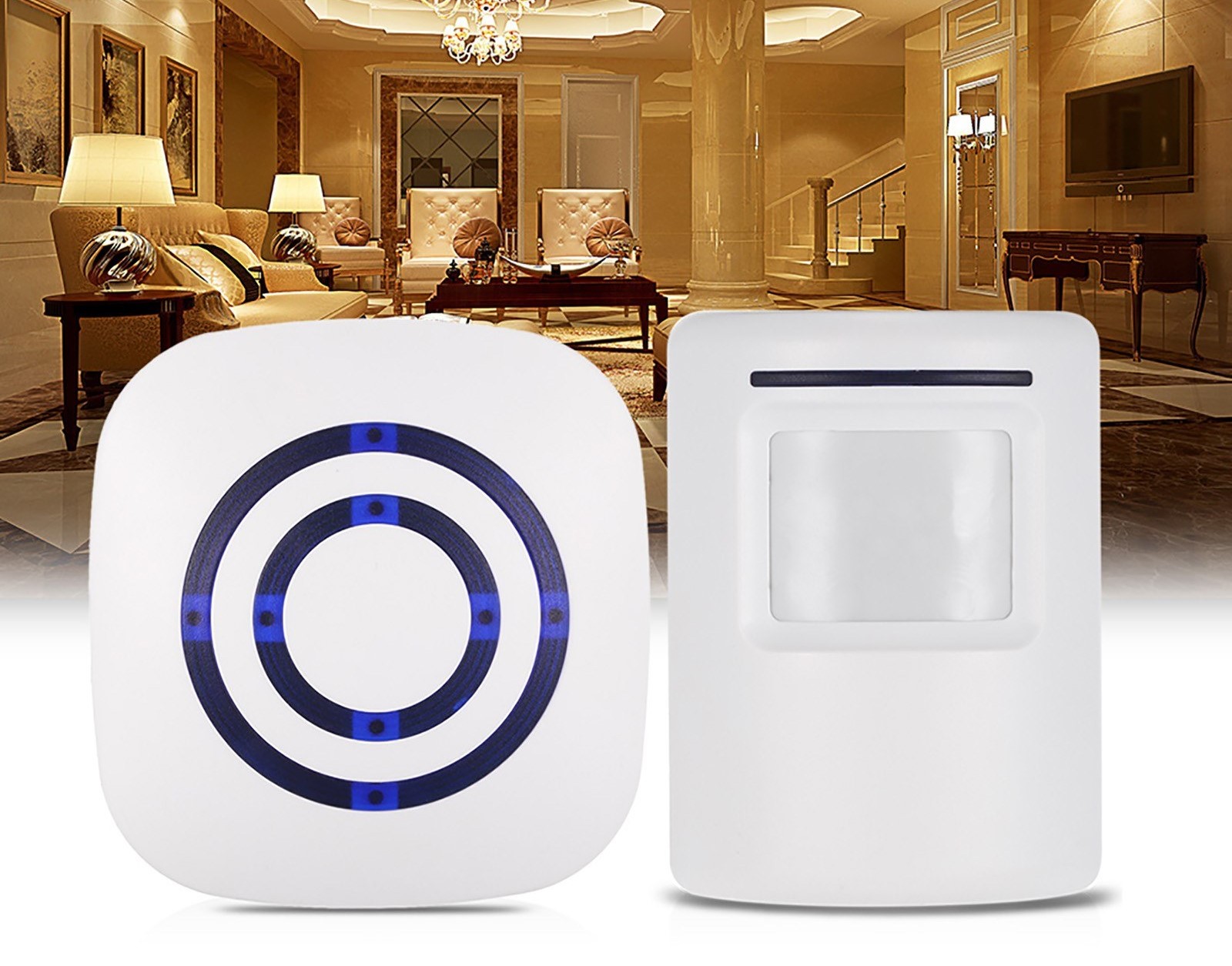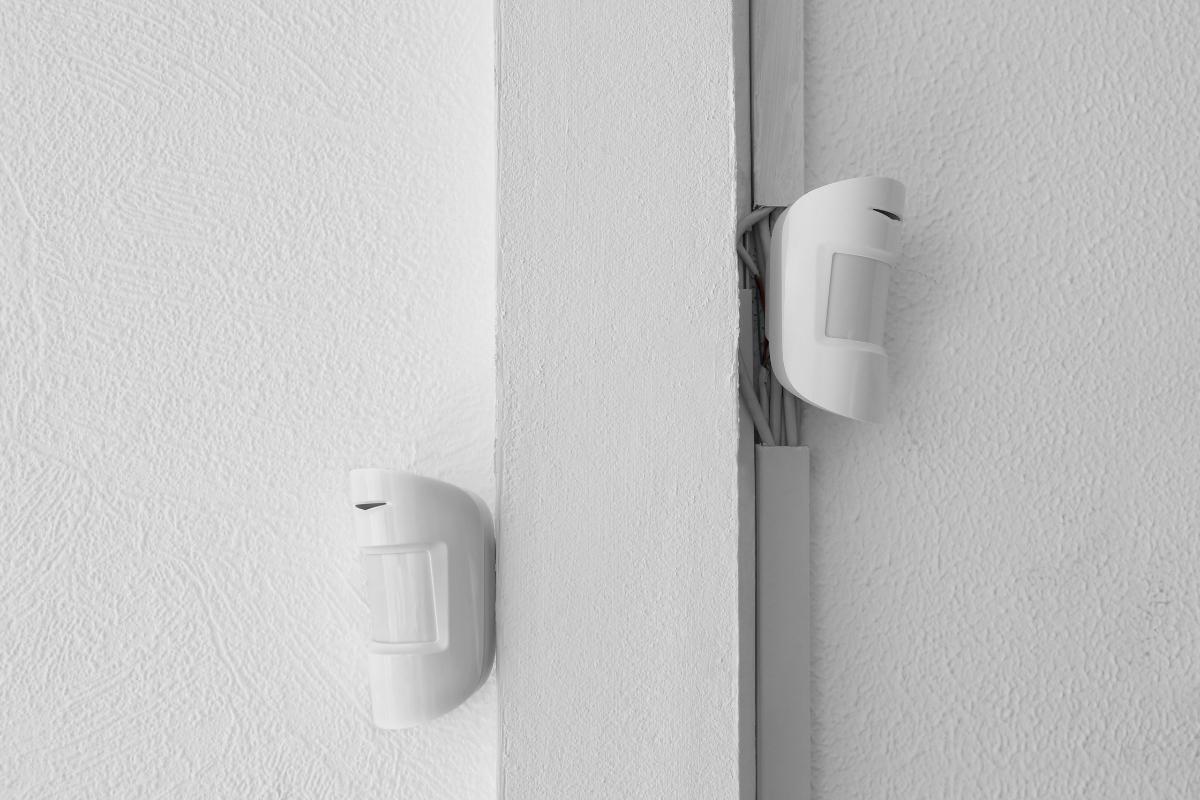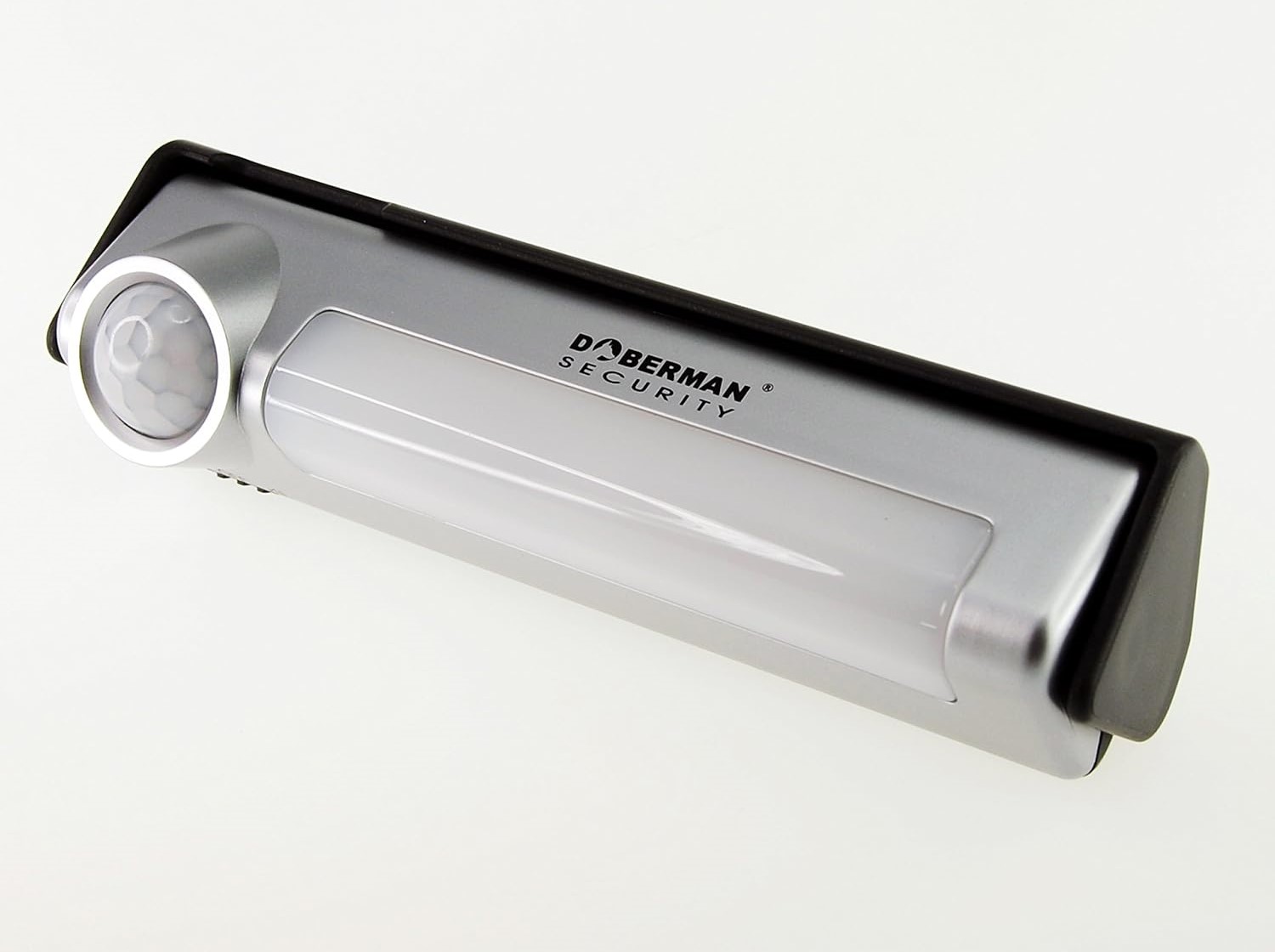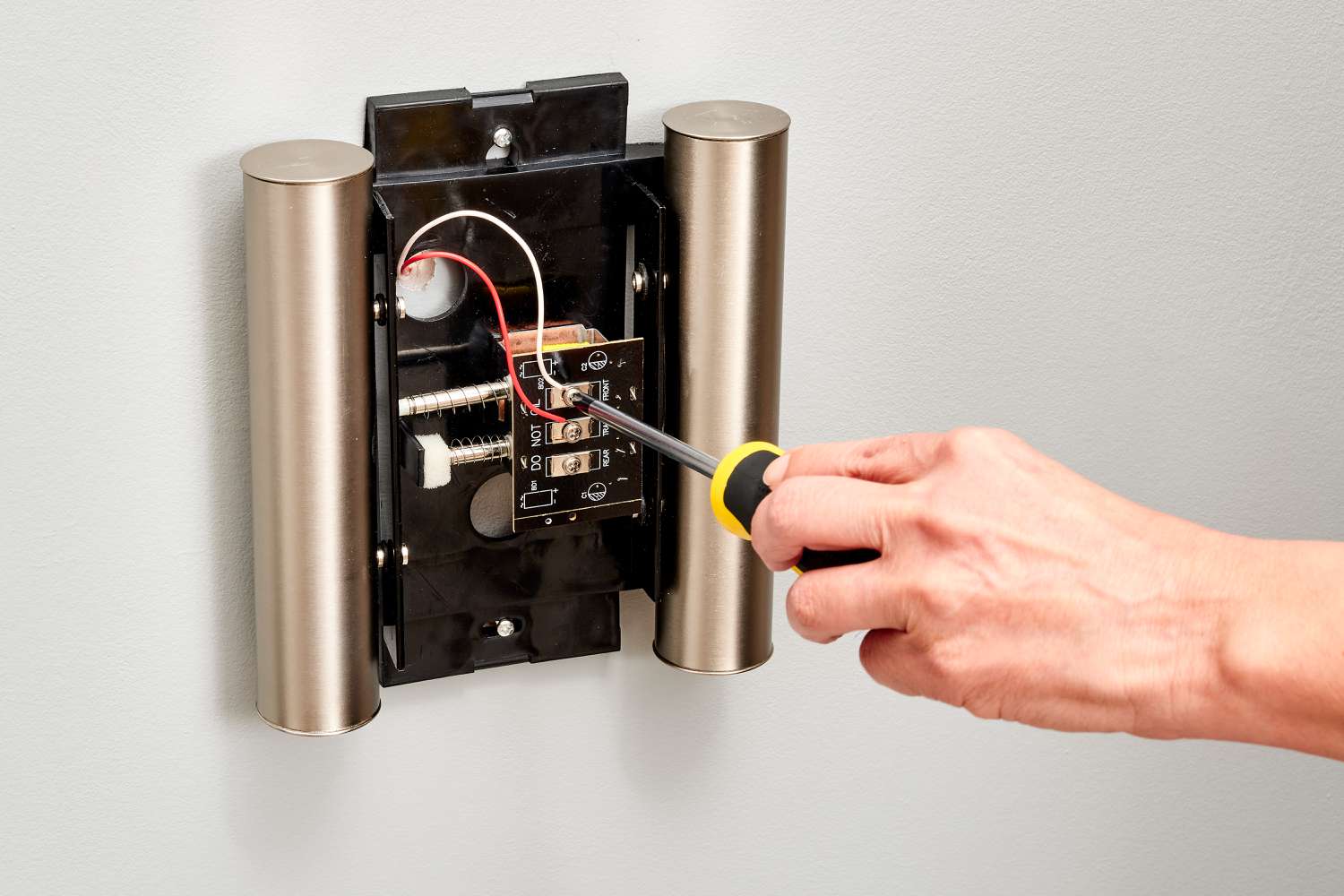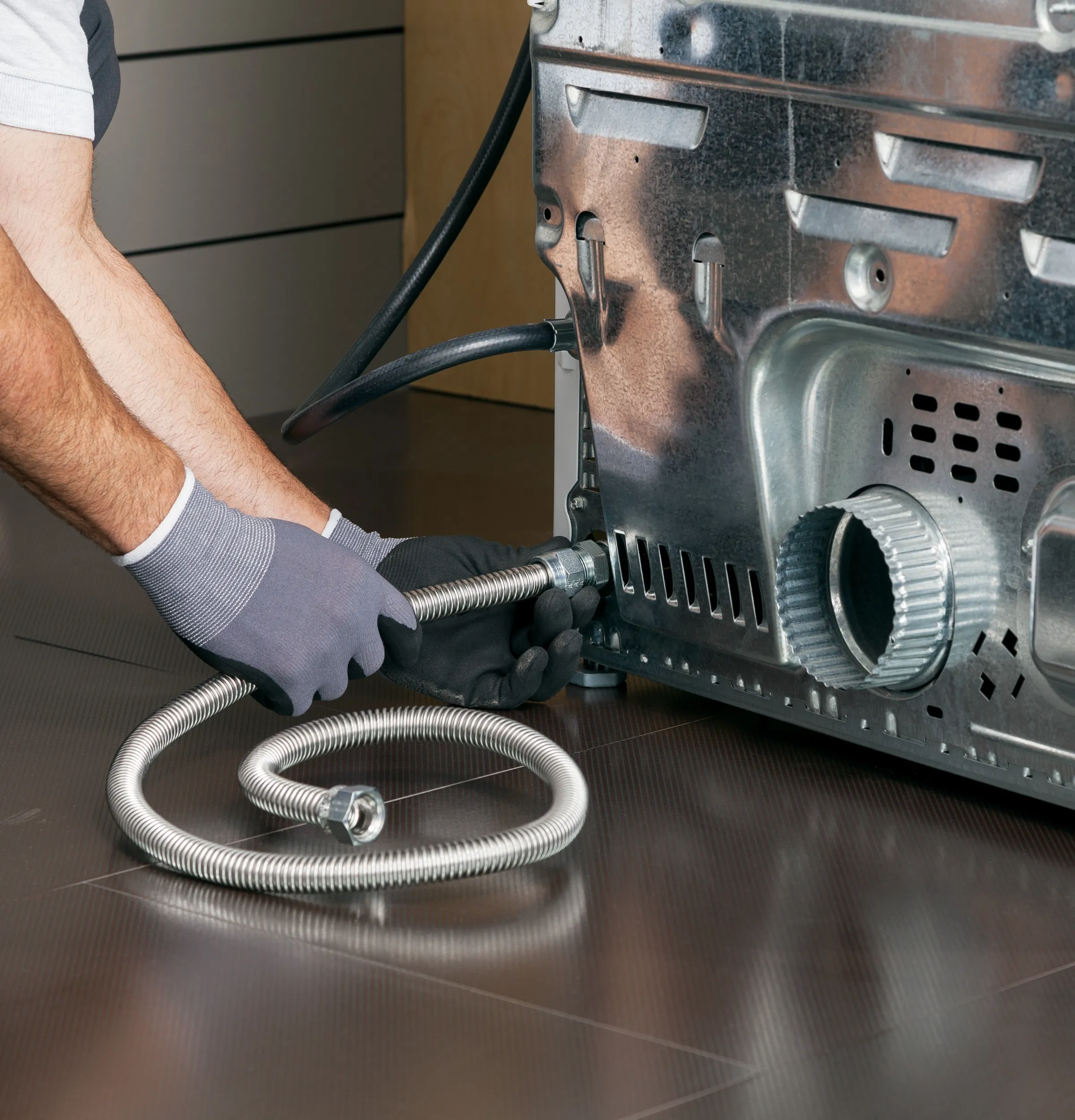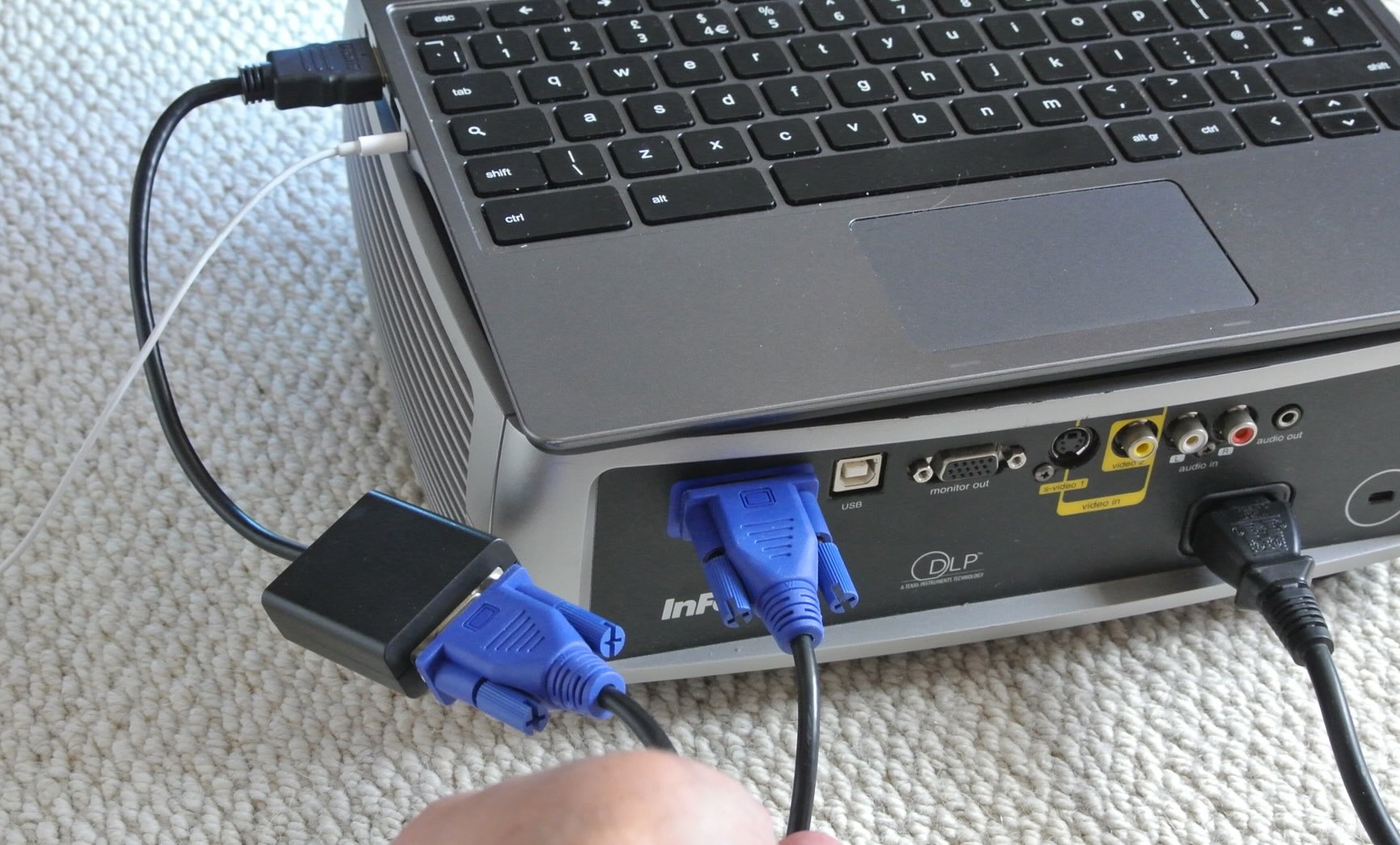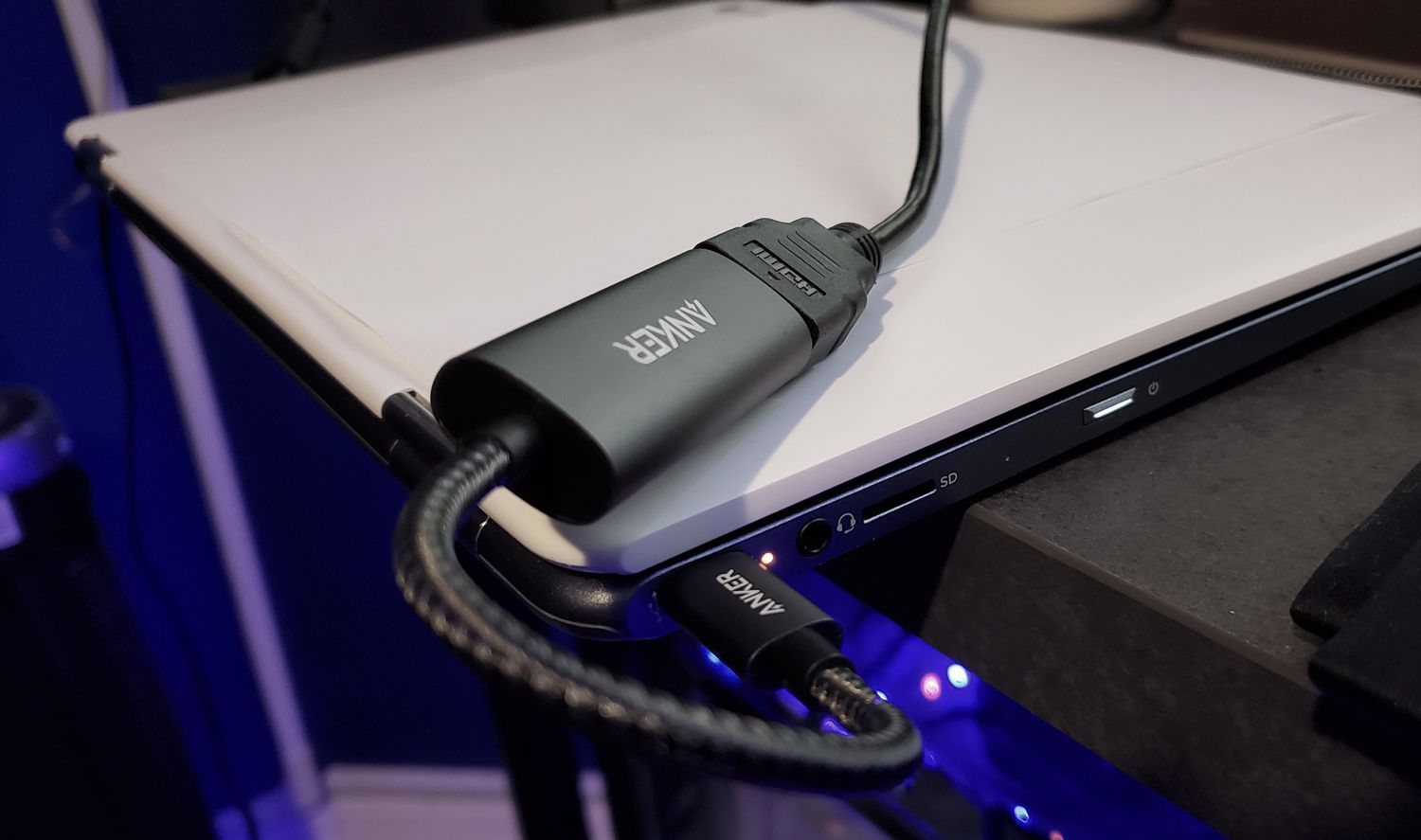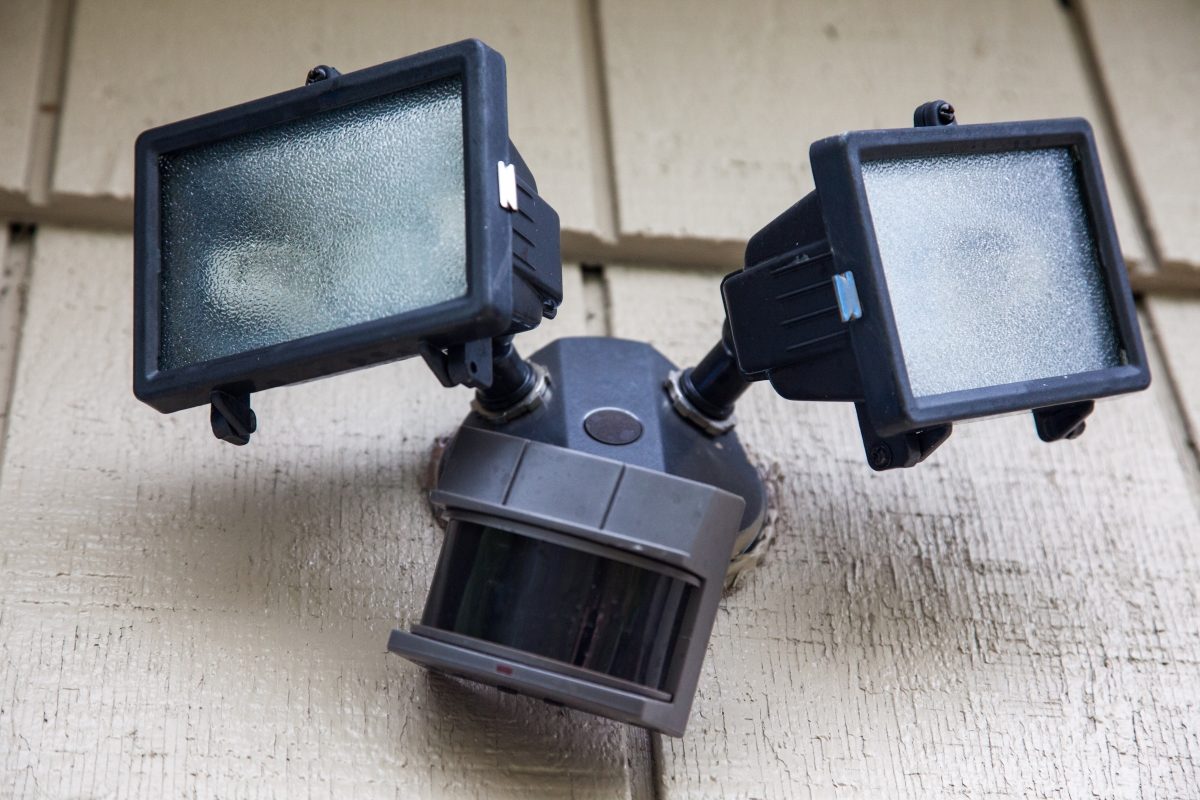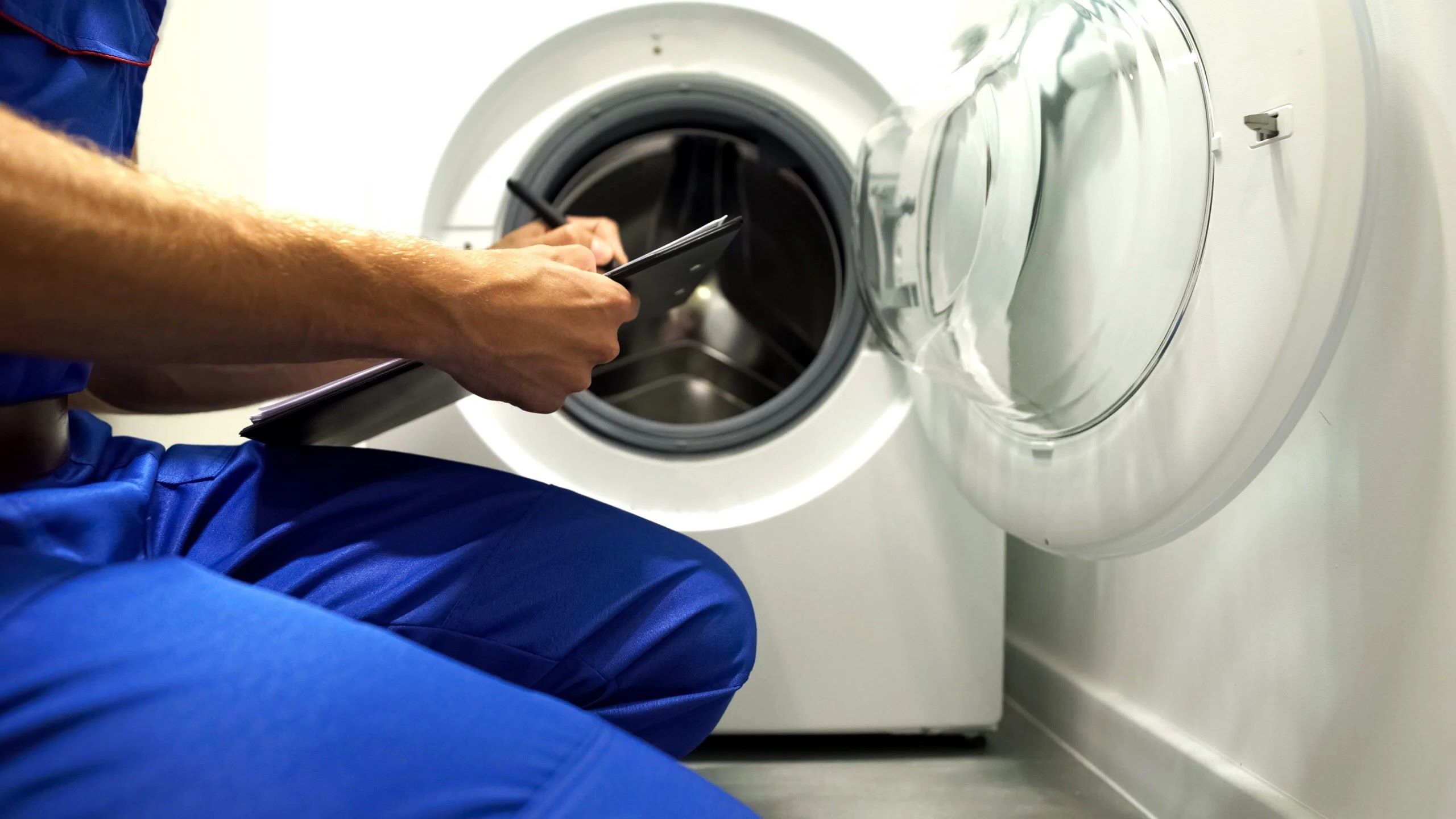Home>Home Security and Surveillance>How To Hook Up A Motion Detector To A Alarm
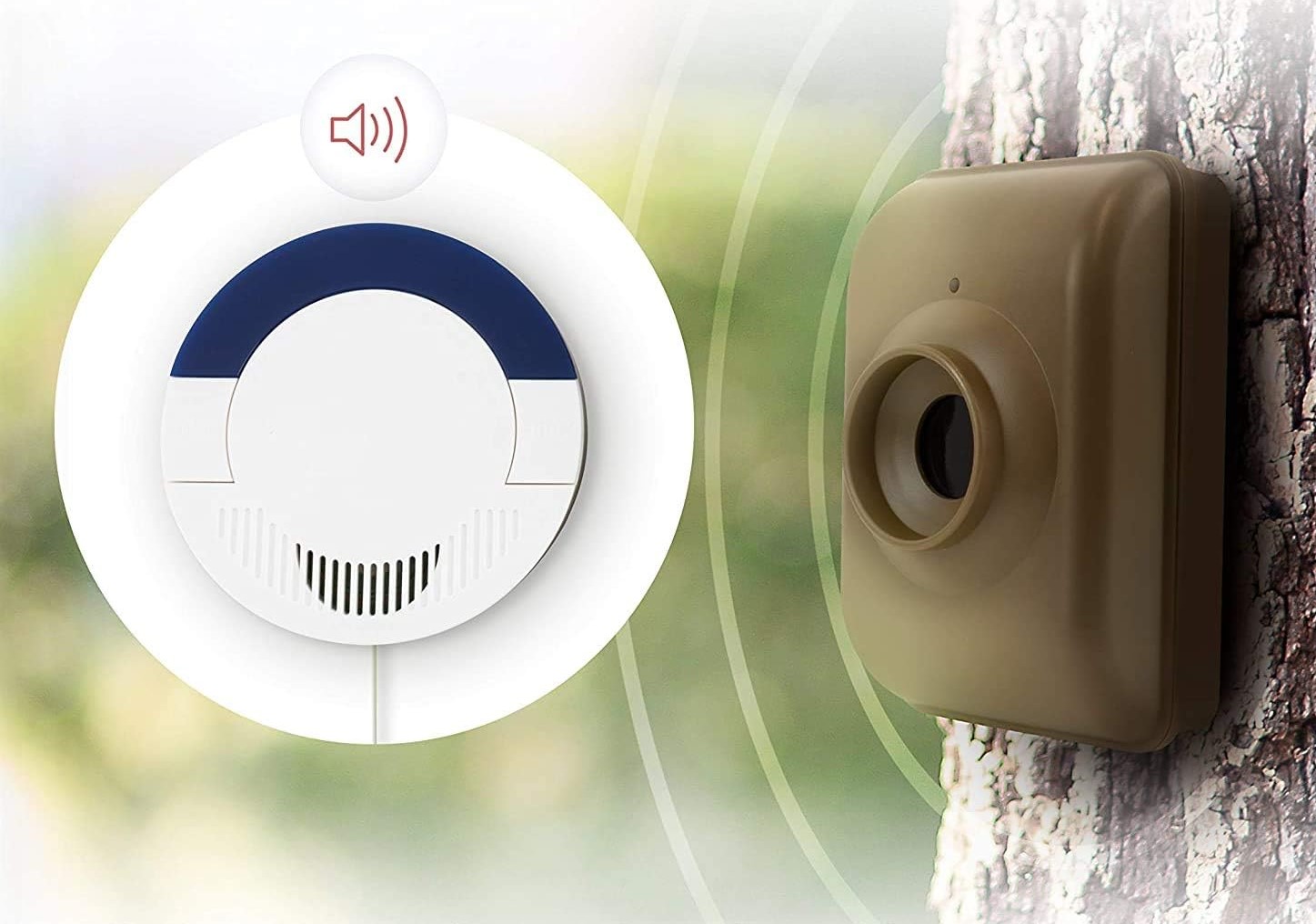

Home Security and Surveillance
How To Hook Up A Motion Detector To A Alarm
Modified: March 6, 2024
Learn how to easily connect a motion detector to your alarm system for enhanced home security and surveillance.
(Many of the links in this article redirect to a specific reviewed product. Your purchase of these products through affiliate links helps to generate commission for Storables.com, at no extra cost. Learn more)
Introduction
Welcome to the world of home security and surveillance! In today’s ever-changing and unpredictable world, ensuring the safety of our homes and loved ones has become a top priority for many. One effective way to enhance the security of your home is by installing a motion detector connected to an alarm system.
Motion detectors are ingenious devices that can sense movement within a designated area and trigger an alarm, alerting you to potential intruders or suspicious activity. By strategically placing these detectors around your home, you can create a robust security system that deters criminals and provides you with peace of mind.
In this comprehensive guide, we will walk you through the process of hooking up a motion detector to an alarm system. We’ll discuss the different types of motion detectors available, help you choose the right alarm system, and guide you through each step of the installation process. By the end, you’ll have the knowledge and confidence to set up your own home security system.
Before we dive into the details, it’s important to note that while this guide will provide you with valuable information, it’s always best to consult the specific instructions provided by the manufacturer of your motion detector and alarm system. Precise wiring and installation requirements can vary, so be sure to follow the guidelines specific to your equipment.
Now, let’s get started and empower you to protect your home and loved ones with an efficient and reliable motion detector connected to an alarm system.
Key Takeaways:
- Motion detectors sense movement and trigger alarms, enhancing home security. Choose the right detector type and alarm system for reliable protection.
- Proper installation, testing, and troubleshooting ensure an effective home security system. Regular maintenance and adjustments optimize motion detector performance.
Read more: How To Set Up A Motion Detector
Understanding Motion Detectors
Motion detectors are crucial components of any home security system. They work by detecting changes in infrared radiation, sound waves, or microwaves to sense movement within a defined area. When the detector picks up movement, it triggers an alarm or activates other security measures to alert homeowners of potential threats.
There are different types of motion detectors available, each with its own unique features and applications. Let’s explore the most common types:
1. Passive Infrared (PIR) Detectors: PIR detectors are the most commonly used motion detectors in home security systems. They detect changes in infrared energy emitted by warm objects, such as humans or animals, within the detection zone. When the detector senses a significant change in the infrared energy pattern, it triggers an alarm. PIR detectors are highly reliable and cost-effective.
2. Microwave Detectors: Microwave detectors emit continuous waves of microwave energy and measure the reflection of these waves. When an object moves within the detection zone, it interrupts the microwave pattern, triggering the alarm. Microwave detectors are suitable for large areas and work well in harsh environments, as they are less prone to false alarms caused by temperature changes or drafts.
3. Ultrasonic Detectors: Ultrasonic detectors emit high-frequency sound waves and measure the reflection of these waves. When there is movement within the detection zone, the sound waves are interrupted, and the detector triggers an alarm. Ultrasonic detectors are particularly useful in areas with obstructed visibility or where the temperature fluctuates, as they are less affected by these variables.
4. Dual Technology Detectors: Dual technology detectors combine two different types of sensors, such as PIR and microwave or PIR and ultrasonic, to provide increased accuracy and reduce false alarms. These detectors require both sensors to be triggered simultaneously before activating the alarm. Dual technology detectors offer enhanced security and are suitable for high-risk areas where reliability is crucial.
When choosing a motion detector, consider the specific needs and layout of your home. Factors to consider include the detection range, sensitivity adjustment options, pet immunity (to prevent false alarms caused by pets), and whether the detector is suitable for indoor or outdoor use.
Now that we have a better understanding of the different types of motion detectors available, let’s move on to selecting the right alarm system to complement your chosen detector.
Choosing the Right Alarm System
When it comes to selecting an alarm system to pair with your motion detector, there are several factors to consider. The right alarm system will not only work seamlessly with your chosen motion detector but also meet your specific security needs. Let’s explore some key aspects to consider when choosing an alarm system:
1. Compatibility: Ensure that the alarm system you choose is compatible with the type of motion detector you have or plan to install. Different alarm systems support different types of detectors, so be sure to check the specifications and compatibility requirements of both the alarm system and the motion detectors.
2. Wired or Wireless: Alarm systems can be either wired or wireless. Wired systems are connected through physical cables and may require professional installation, while wireless systems use radio frequency signals to communicate between the components. Wireless systems offer easier installation and flexibility but may require batteries for power.
3. Monitoring Options: Consider whether you want professional monitoring for your alarm system. Professional monitoring involves a third-party service that monitors your home for alarms and dispatches authorities if necessary. Some systems offer self-monitoring options where you receive notifications on your smartphone when an alarm is triggered.
4. Expandability: Think about your future needs and the ability to expand or upgrade your alarm system. Consider if the system allows for adding additional motion detectors, cameras, sensors, or other security devices. This scalability is important if you plan to expand your security system over time.
5. User-Friendly Interface: Look for an alarm system with a user-friendly interface that is easy to navigate and control. This includes features like a mobile app, touchscreen control panel, or keypad that allows you to arm and disarm the system effortlessly.
6. Integration with Other Devices: If you have other smart home devices or home automation systems, consider an alarm system that can integrate with these devices. Integration allows you to control and monitor your security system alongside other connected devices from a central hub.
7. Budget: Finally, determine your budget for both the motion detector and the alarm system. Costs can vary depending on the brand, features, and complexity of the system. Consider the long-term value and potential savings on insurance premiums or increased home value when making your decision.
By considering these factors, you can select an alarm system that complements your motion detector and provides you with the level of security and convenience you desire. Once you have chosen the right alarm system, it’s time to gather the necessary tools and materials for the installation process.
Gathering the Required Tools and Materials
Before you begin the installation process of hooking up a motion detector to an alarm system, it’s important to gather all the necessary tools and materials. Having everything you need on hand will help streamline the installation process and ensure that you can complete the job efficiently. Here’s a list of essential tools and materials you should gather:
Tools:
– Screwdriver (flathead and Phillips)
– Wire strippers
– Wire cutter
– Pliers
– Drill and drill bits
– Fish tape or wire puller
– Voltage tester
– Level
Materials:
– Motion detector (compatible with your alarm system)
– Alarm control panel
– Alarm keypad or touchscreen
– Alarm system wiring
– Mounting hardware (screws, anchors, etc.)
– Wire connectors or terminal blocks
– Cable ties or clips for cable management
– Electrical tape
– Wire nuts or crimp connectors (if needed)
– Power supply or batteries (depending on the alarm system)
It’s important to ensure that you have the appropriate tools and materials for the specific alarm system and motion detector you are working with. Check the installation manuals provided by the manufacturer for any additional tools or materials that may be required.
Once you have gathered all the necessary tools and materials, it’s time to prepare the motion detector for installation. Proper preparation ensures a smooth installation and optimal performance of the device. We’ll cover the steps to prepare the motion detector in the next section.
Preparing the Motion Detector
Before installing the motion detector, it is essential to prepare the device to ensure proper functionality. Follow these steps to get the motion detector ready for installation:
1. Read the Instructions: Start by thoroughly reading the manufacturer’s instructions that come with your motion detector. These instructions provide crucial information on the specific requirements and recommended procedures for preparing and installing the device.
2. Choose the Mounting Location: Determine the ideal location to mount the motion detector. It should be strategically placed to cover the desired area while minimizing false alarms triggered by sources like pets or moving objects, such as curtains or plants. Consider the height and angle at which the detector will be installed for optimal performance.
3. Prepare the Mounting Surface: Ensure that the mounting surface is clean and free of any debris or obstructions. Use a level to ensure that the surface is even. If needed, use screws and anchors to secure any mounting brackets or plates that come with the motion detector.
4. Check Power Requirements: Determine the power source required for your motion detector. Some detectors are battery-powered, while others may need to be wired to a power supply. If your detector requires wiring, you may need to run cables from the control panel to the installation location.
5. Adjust Sensor Settings: Many motion detectors have adjustable settings, such as sensitivity, detection range, and time delay. Refer to the manufacturer’s instructions to set these parameters according to your preferences and the specific needs of your home security setup.
6. Test the Motion Detector: Before final installation, it’s a good practice to test the motion detector to ensure it is functioning correctly. Follow the instructions provided by the manufacturer to activate the motion detection and verify that the device detects movement as intended.
By properly preparing the motion detector, you ensure that it is ready for installation and optimized for its intended use. Once you have completed the preparation steps, you can proceed with wiring the motion detector to the alarm system, which we will cover in the next section.
When hooking up a motion detector to an alarm, make sure to carefully follow the manufacturer’s instructions for wiring and placement to ensure proper functionality.
Wiring the Motion Detector to the Alarm System
Wiring the motion detector to the alarm system is a critical step in the installation process. Follow these steps to ensure a proper and secure connection:
1. Turn Off Power: Before starting any wiring work, make sure to turn off the power supply to avoid electrical shocks.
2. Locate the Control Panel: Find the control panel of your alarm system. It is usually located in a central area of your home, such as a utility room or closet. Open the control panel to access the wiring terminals.
3. Identify Wiring Terminals: Identify the wiring terminals in the control panel that are designated for connecting the motion detector. These terminals are often labeled “Motion,” “Zone,” or “Sensor.” Consult the alarm system manual if you’re unsure about the specific wiring terminals.
4. Prepare the Wiring: Strip the outer insulation of the wiring for the motion detector, exposing the individual conductors. Use wire strippers for a clean and precise strip, ensuring that each conductor is long enough to reach the terminals in the control panel.
5. Connect the Wires: Identify the appropriate wiring terminals on the motion detector and the control panel. Connect the corresponding wires by inserting them into the proper terminals and securing them tightly. If necessary, use wire connectors or terminal blocks to create a secure connection.
6. Confirm Polarity: Double-check the polarity of the wiring connections. Ensure that the positive and negative leads of the detector match the corresponding terminals in the control panel. Following the incorrect polarity can result in malfunctioning or inaccurate readings.
7. Secure the Wiring: Use cable ties or clips to secure the wiring neatly along the walls or inside conduit, ensuring that it is out of sight and protected from any potential damage.
8. Restore Power: Once the wiring is securely connected, turn the power back on and verify that the alarm system is functioning correctly. Test the motion detector by triggering the motion detection and confirming that the control panel receives the signal.
Remember to consult the specific instructions provided by the manufacturer of your motion detector and alarm system for any additional steps or wiring considerations.
With the motion detector properly wired to the alarm system, we can move on to the next step: testing the connection to ensure everything is working correctly. We’ll cover that in the next section.
Testing the Connection
After wiring the motion detector to the alarm system, it’s important to test the connection to ensure that everything is functioning properly. Follow these steps to test the connection and verify the effectiveness of your home security system:
1. Arm the Alarm System: Activate the alarm system by arming it using the control panel or keypad. This will put the system in a state where it can detect any motion and trigger the appropriate response.
2. Trigger Motion Detection: Walk within the detection range of the motion detector to test its functionality. Ensure that the detector is properly detecting the motion and activating the alarm system. Verify that the control panel receives the signal indicating motion detection.
3. Check Alarm Response: Once the motion detector triggers the alarm system, check that the alarm response mechanisms are functioning as intended. These can include sounding an audible alarm, sending notifications to your phone or security company, or activating other security measures, such as turning on lights or surveillance cameras.
4. Test for False Alarms: Test the motion detector for false alarms by introducing controlled movements within the detection zone. This can involve activities such as waving your hand or moving objects within the area. Observe whether the motion detector accurately detects actual threats while minimizing false alarms triggered by non-threatening movements.
5. Adjust Sensitivity and Settings: If necessary, fine-tune the sensitivity and settings of the motion detector based on your testing results. Refer to the manufacturer’s instructions for guidance on making adjustments to the detection range, sensitivity levels, or time delay settings.
6. Repeat Testing: Conduct multiple tests at different times of the day to ensure consistent and reliable performance. Factors such as lighting conditions, temperature changes, and environmental factors can impact the performance of the motion detector. By conducting thorough testing, you can identify any potential issues and make necessary adjustments.
Regularly testing the connection and performance of your motion detector is crucial to maintaining an effective home security system. It ensures that your system is accurately detecting and responding to any suspicious activity, providing you with the peace of mind you deserve.
If during the testing process you encounter any issues or inconsistencies, refer to the troubleshooting section of the manufacturer’s manual or seek professional assistance to resolve the problem.
Now that you have tested the connection and confirmed the functionality of your motion detector, let’s move on to the next step: adjusting the motion detector settings to optimize its performance. We’ll explore this in the next section.
Adjusting the Motion Detector Settings
Adjusting the settings of your motion detector is an important step in optimizing its performance and minimizing false alarms. By fine-tuning the settings, you can ensure that the detector accurately detects and responds to actual threats while minimizing false triggers. Follow these steps to adjust the motion detector settings:
1. Sensitivity: Adjust the sensitivity level of the motion detector to determine the threshold at which it detects motion. Higher sensitivity settings may result in increased detection range but also a higher probability of false alarms caused by small movements or environmental factors. Lower sensitivity settings reduce the chances of false alarms but may not capture smaller movements.
2. Detection Range: Some motion detectors allow you to adjust the detection range, specifying the maximum distance at which it can sense motion. Consider the layout of the area you want to monitor and adjust the range accordingly to ensure optimal coverage without unnecessary detections from outside the intended zone.
3. Time Delay: Motion detectors can be configured with a time delay setting that determines how long the alarm remains active after motion is detected. This allows for a grace period to ensure that the alarm is not triggered repeatedly as long as there is continuous movement within the detection zone. Adjust the time delay based on your specific needs and the typical activity patterns in the monitored area.
4. Zoning: Some advanced alarm systems allow you to set up specific zones within the detection range of the motion detector. This allows you to prioritize certain areas for increased sensitivity while reducing sensitivity in other zones. By zoning your motion detector, you can customize the security levels based on the importance of different areas within your property.
5. Pet Immunity: If you have pets in your home, consider adjusting the motion detector settings to account for their presence. Many motion detectors offer pet immunity features, which can be enabled to ignore the movements of pets below a certain weight or size. Adjust this setting to prevent false alarms caused by your furry companions.
6. Testing and Fine-tuning: After making adjustments to the motion detector settings, perform further testing to ensure optimal performance. Walk within the detection field and observe how the detector responds. Make note of any false alarms or missed detections and fine-tune the settings accordingly until you achieve a balance between accurate detection and minimizing false alarms.
Regularly review and adjust the motion detector settings as needed to adapt to any changes in the environment or your security needs. By fine-tuning the settings, you can optimize the performance of your motion detector and enhance the overall effectiveness of your home security system.
If you encounter any difficulties or have specific questions about adjusting the settings of your motion detector, consult the manufacturer’s instructions or reach out to their customer support for guidance.
Now that you have adjusted the motion detector settings, it’s important to be aware of common issues that may arise and troubleshoot them to maintain the effectiveness of your home security system. We’ll cover this in the next section.
Troubleshooting Common Issues
While motion detectors are reliable and effective, there may be instances where you encounter common issues that affect their performance. Troubleshooting these issues will help ensure that your home security system operates smoothly. Here are some common issues you might encounter and steps to troubleshoot them:
1. False Alarms: False alarms can occur due to various factors, such as pets, moving objects, or environmental conditions. To reduce false alarms, adjust the sensitivity level of the motion detector. If the issue persists, consider repositioning the detector to avoid sources of false triggers or utilizing pet immunity settings if available.
2. Motion Detection Range: If the motion detector is not sensing motion within the desired range, check the detection range settings. Ensure that the range is properly set and that there are no obstructions blocking the detector’s line of sight. Adjust the position and angle of the detector if needed.
3. Poor Detection Accuracy: Inaccurate detection may be caused by improper positioning or alignment of the motion detector. Make sure the detector is securely mounted and leveled. Check for any loose connections in the wiring, and ensure that the detection zone is not obstructed by objects or furniture.
4. Inconsistent Performance: If the motion detector works inconsistently or intermittently, check the power supply or batteries. Ensure the power source is adequate and reliable. If using batteries, replace them with fresh ones. Also, examine the wiring connections for any loose or damaged wires.
5. Interference: Interference from other devices, such as wireless routers or strong electrical sources, can disrupt the functionality of a motion detector. Relocate the detector away from potential sources of interference or consider using a shielded wiring system to minimize signal interference.
6. System Failures: If the entire alarm system fails to respond or shows signs of malfunction, check the power supply and ensure all the wiring connections are secure. If the problem persists, consult the alarm system’s user manual or contact the manufacturer’s technical support for further assistance.
7. Outdated Firmware: Some motion detectors may require firmware updates to address known issues or enhance performance. Check the manufacturer’s website or contact their support to inquire about firmware updates and follow the provided instructions to update the detector’s firmware if necessary.
8. Technical Support: If you have exhausted troubleshooting steps and the issue persists, do not hesitate to reach out to the manufacturer’s technical support. They have the expertise to provide further guidance and assistance in resolving any issues you may be facing.
Remember, it’s important to refer to the specific instructions and guidelines provided by the motion detector and alarm system manufacturer when troubleshooting issues. Following the manufacturer’s recommendations will ensure that you properly address any problems and maintain the integrity and functionality of your home security system.
Now that we have covered troubleshooting common issues, let’s wrap up this comprehensive guide to hooking up a motion detector to an alarm system.
Read more: How To Build A Motion Detector Alarm System
Conclusion
Congratulations! You have now reached the end of this comprehensive guide on how to hook up a motion detector to an alarm system. We hope that this guide has provided you with valuable insights and step-by-step instructions to help you set up an effective and reliable home security system.
By understanding the different types of motion detectors, choosing the right alarm system, gathering the necessary tools and materials, preparing the motion detector, wiring it to the alarm system, testing the connection, adjusting the settings, and troubleshooting common issues, you are well equipped to enhance the security of your home and protect your loved ones.
Remember, safety is a continuous process, and it’s crucial to regularly maintain and test your home security system. Periodically review the settings, test the motion detector’s performance, and keep an eye out for any potential issues or changes in the environment that may impact its effectiveness.
Always refer to the manufacturer’s instructions and guidelines specific to your motion detector and alarm system, as they may provide additional information and recommendations for installation, maintenance, and troubleshooting.
By investing the time and effort into setting up a motion detector connected to an alarm system, you’re taking proactive steps towards creating a secure and protected home environment. The peace of mind that comes with knowing your home and loved ones are safe is priceless.
Thank you for joining us on this journey to enhance your home security. Stay vigilant, stay safe, and enjoy the added confidence that a well-designed and properly installed motion detector alarm system brings.
Frequently Asked Questions about How To Hook Up A Motion Detector To A Alarm
Was this page helpful?
At Storables.com, we guarantee accurate and reliable information. Our content, validated by Expert Board Contributors, is crafted following stringent Editorial Policies. We're committed to providing you with well-researched, expert-backed insights for all your informational needs.
